Many housewives and beginner needlewomen want to learn how to sew and embroider at home, but do not know where to start this, in their opinion, difficult process. The desire may arise due to various reasons: an economic crisis, lower costs for buying and repairing clothes, acquiring new skills and hobbies. Regardless of this, the learning process will not change. It is important to understand that sewing yourself is not difficult and is not shameful. With the help of the skills acquired after training, you can understand how to sew clothes yourself and what sewing from scratch is.
Why it is useful to know how to sew
Any housewife should be able to sew and repair minor damage to clothing. Girls used to be taught this in labor classes. Today, these practices are increasingly being overlooked because they are becoming irrelevant. Girls can learn this either at home or in special courses or clubs. Despite all this, independent sewing has many advantages, including:
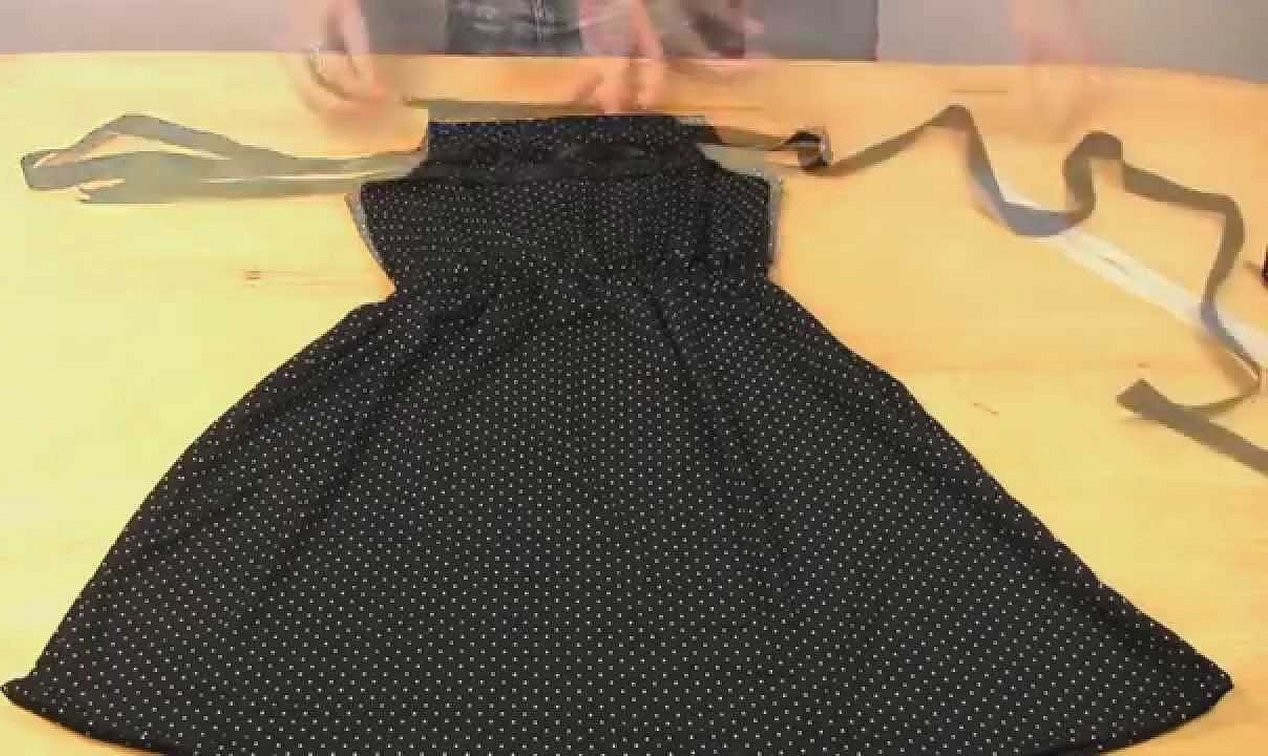
- Acquiring an interesting, useful and unusual hobby. Hobbies of modern people include watching movies, listening to music, playing computer games. What benefit this brings will be discussed in the following points;
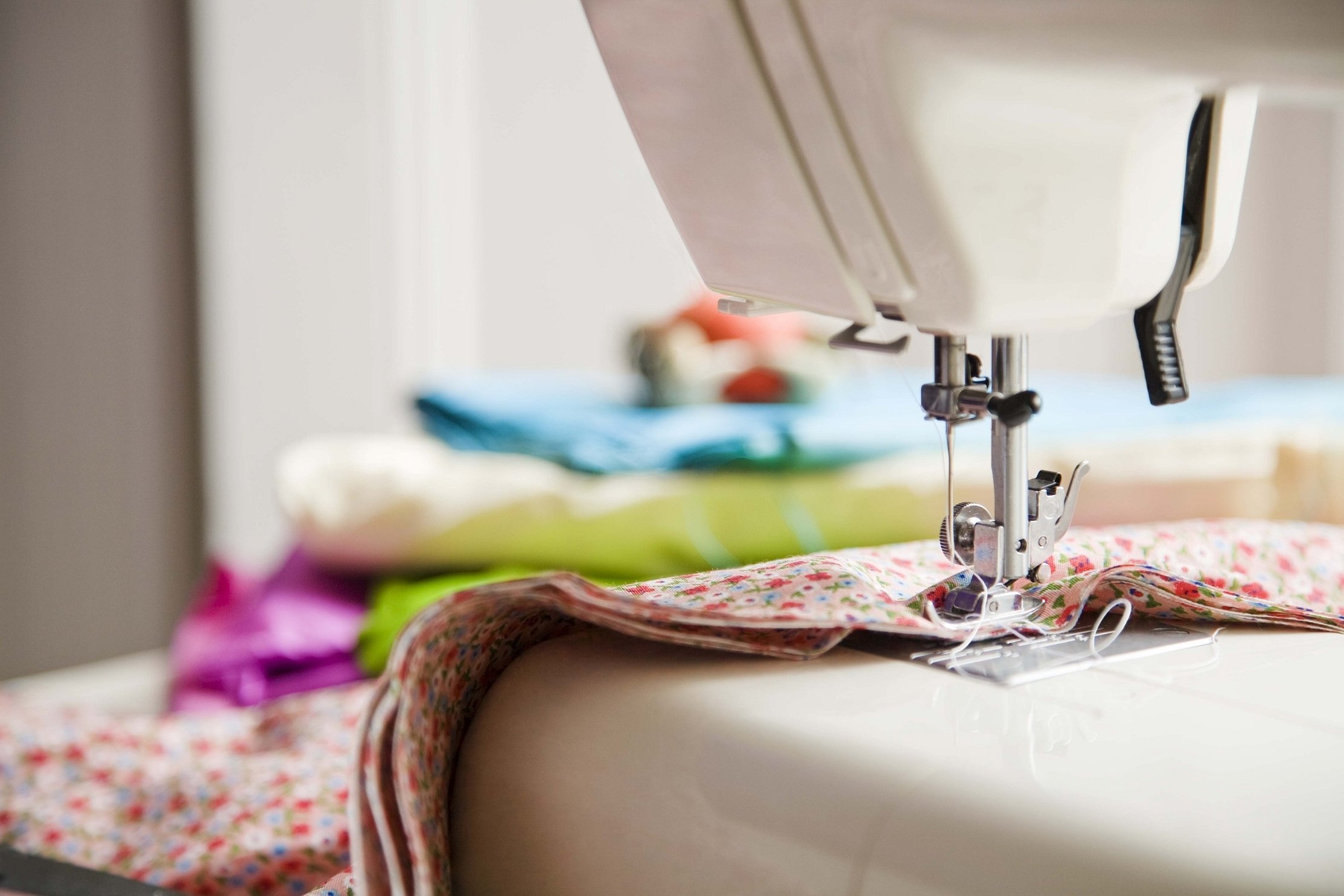
- Attracting attention. It includes not only praise from friends and strangers, but also winning a man's heart. It is no secret that women often change their wardrobe precisely to please their beloved men;
- "Compatibility". Clothes sewn with your own hands will fit perfectly and look better on the figure, because they are made taking into account all the parameters and features of the needlewoman;

- Savings. From time to time, prices jump and simple synthetic "rags" in the store are sometimes quite expensive. In this regard, self-sewing becomes a very relevant idea that can save money and time. If everything is clear with money, then with time it is not, because making a thing for yourself takes longer than buying it. In fact, as much time as a person spends on going to stores and studios, communicating with craftsmen and tailors with an explanation to them how much and where to cut and sew, is more than enough for self-sewing;

- Additional income. If your favorite hobby also brings in some additional income, then you can't think of anything better. This is possible provided that a person has regular clients such as girlfriends, friends or colleagues, as well as significant experience in tailoring. If the things are made conscientiously, then the word about them will spread to strangers who are ready to pay more;
- Ability to achieve your goals. As in all things, by gradually setting goals, you can step by step move towards your goal and achieve success. Starting with simple items, you can move forward and work on more complex projects. The main thing is not to give up and strive for the best. Handmade items are unique and show a person's individuality.

How to learn
One of the best options for answering the question: how to learn to sew clothes from scratch and at home - is to take theory and practice courses from experienced masters of their craft. You need to understand what exactly a person wants: to do it professionally, for family and friends, to sew simple things for yourself.
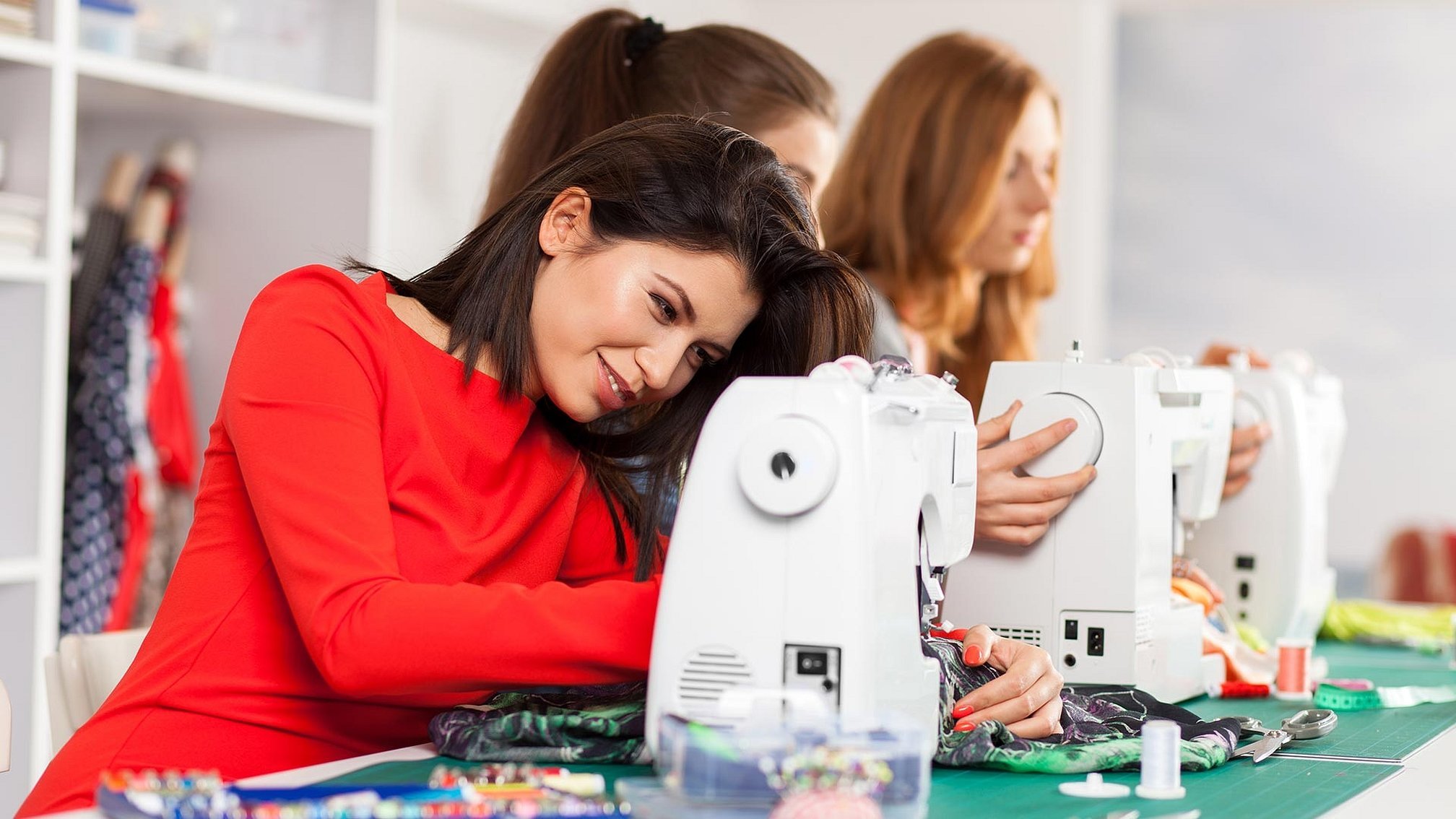
In the first case, if you want to work in a studio or workshop or for yourself, you need to take into account that the main task of training is to create correct patterns. Only by learning this can you become a professional, which you can do by taking special courses on working with equipment, fabrics, tools, and design. Such courses are the most expensive, but the results from them are excellent, especially with a strong desire to learn.

After completing professional lessons, the master will be able to make any items: from blouses and T-shirts to classic suits and coats, shoes. You can work for yourself or get a job in the best studios. Prices for such courses start from 20 thousand rubles, and their duration can reach 150 hours.
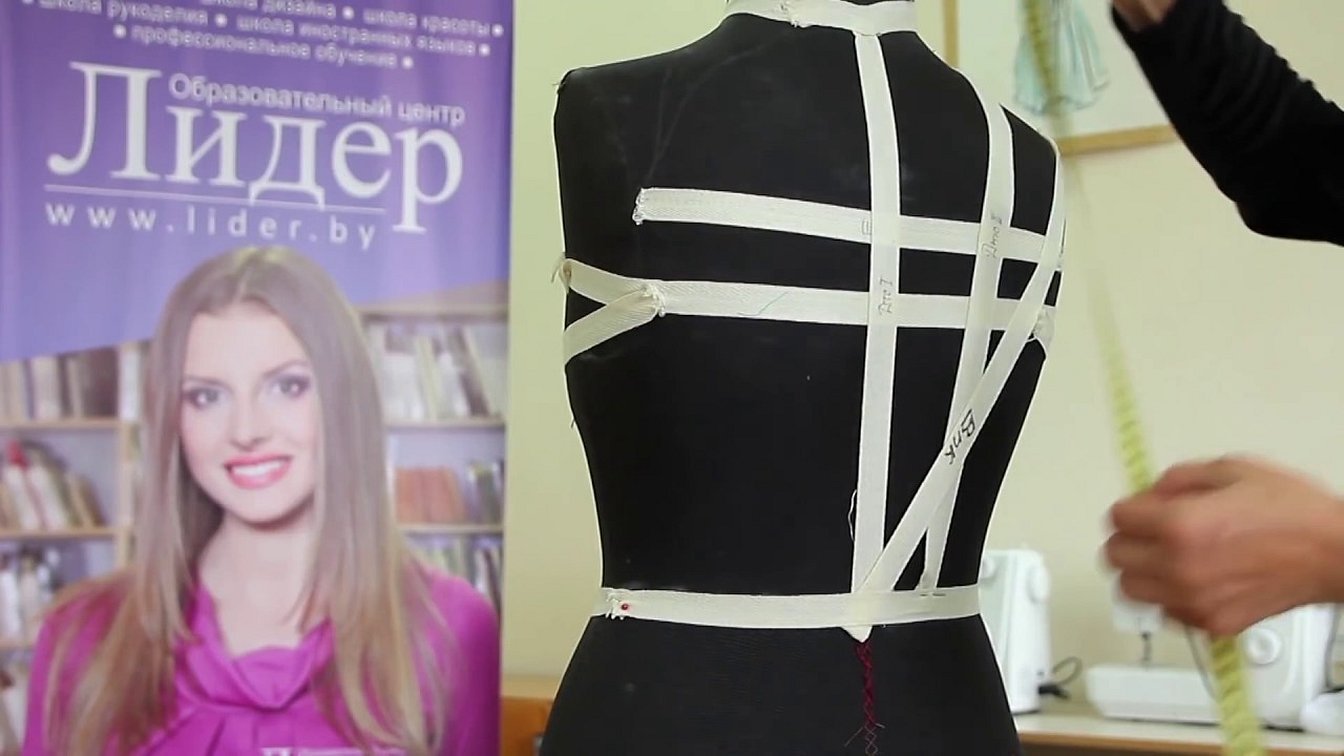
If a needlewoman wants to cut and sew for relatives, then regular, basic courses will do. They usually teach how to make things of medium complexity, take measurements correctly, stitch, and cut out clothing details. After such courses, any basic wardrobe item should be easy to make. Such courses cost from 10 thousand rubles and take 50 hours of study time.
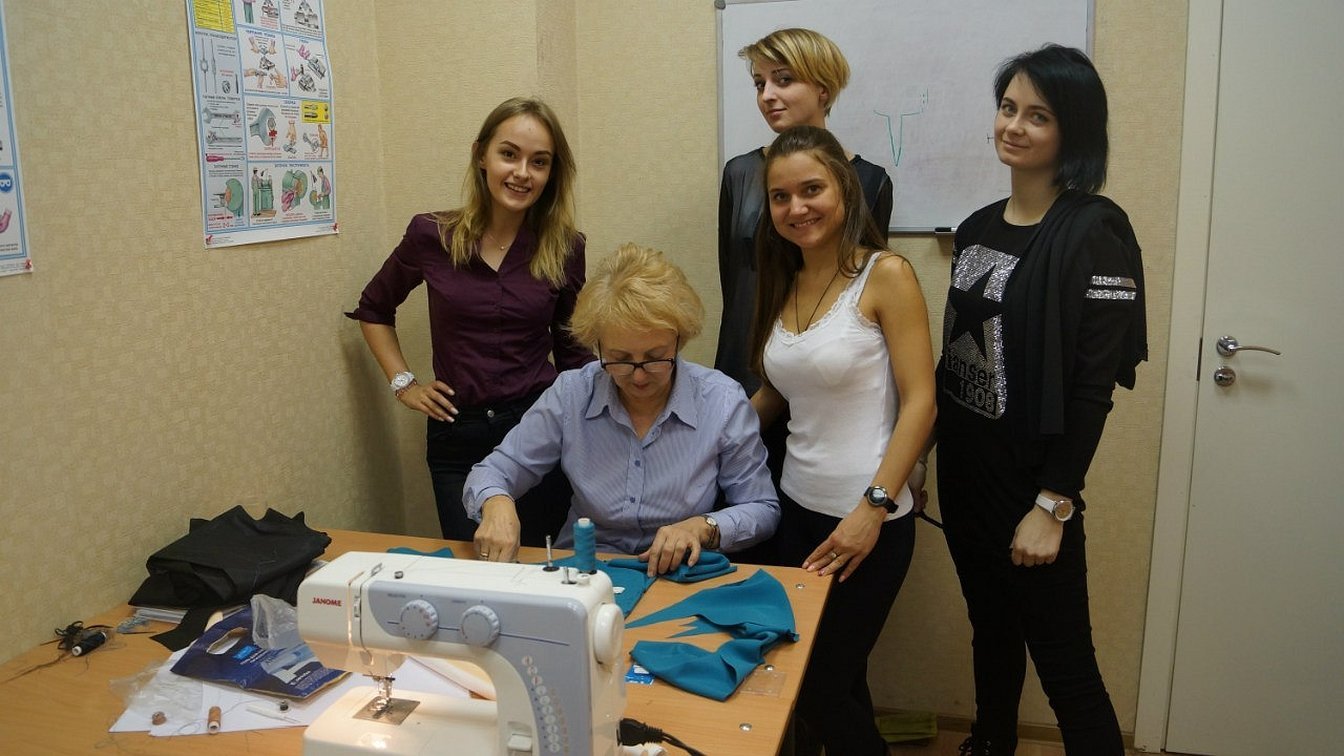
One-day courses for beginners are suitable for those who want to learn how to cut out a certain item and sew. You can learn how to sew a T-shirt, skirt, sweatshirt, underwear from lace. They are not expensive and help you understand whether it is worth doing or not. The cost of such lessons is a pittance: from 1000 rubles for a couple of hours of classes. Even a child can go there.

How to learn to sew on your own
It is quite easy to learn to sew on your own. Some people think that this is only possible under the guidance of parents or experienced craftsmen on courses for which they ask for a lot of money, but this is not so. Of course, you can only get a professional qualification on courses, receiving a certificate upon completion, but you can learn to sew and embroider beautifully and efficiently at home. To do this, it is enough to find materials on this topic on the Internet: books, training materials (videos, articles, instructions), free or old courses.
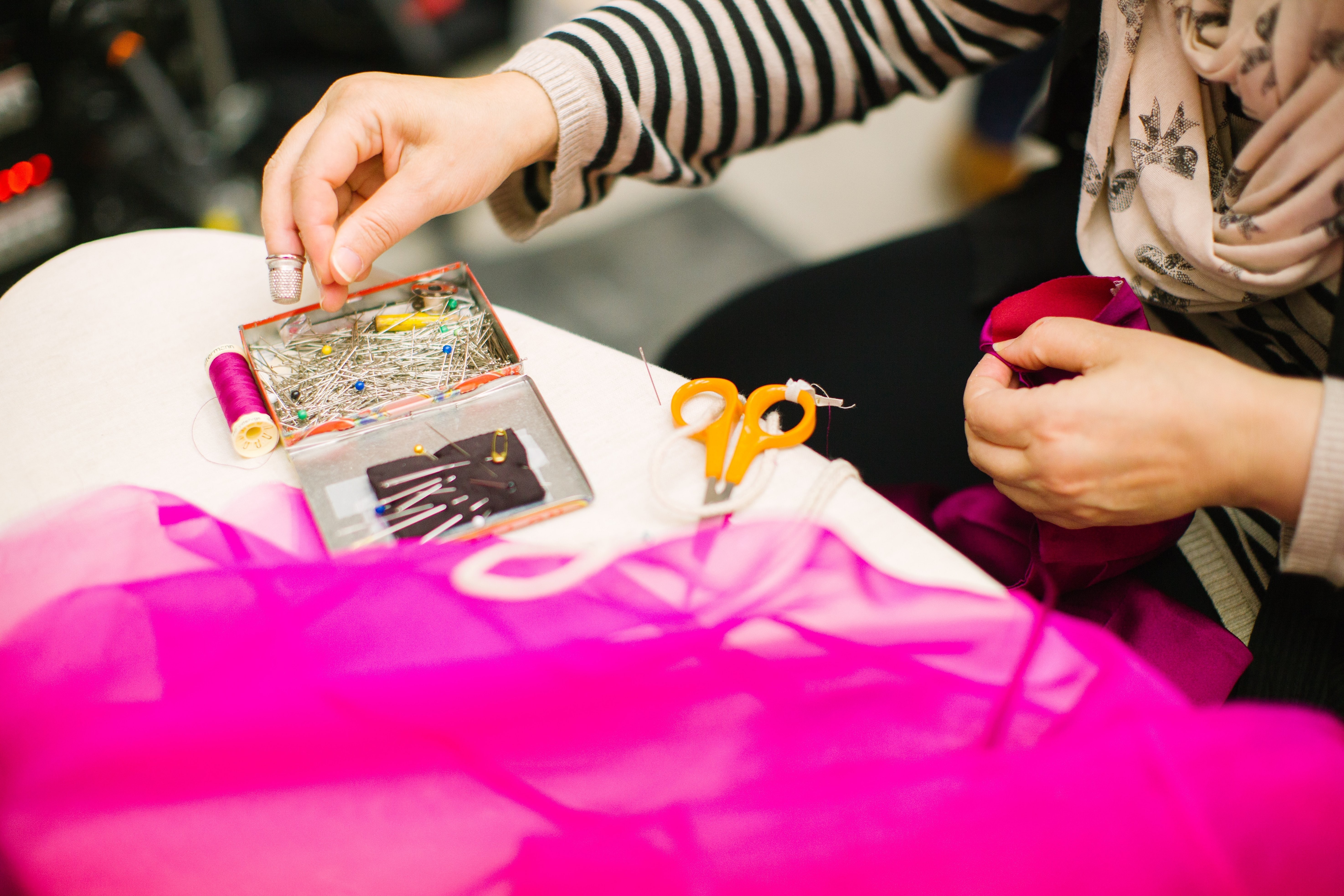
General tips
This section contains general recommendations on choosing fabrics, needles, threads, buttons and other accessories. The main ones are:
- Ability to choose fabrics. At first, you can practice on the simplest ones. Linen and cotton are ideal for this. Then you can move on to silk, knitwear and acrylic. You also need to decide on colors and tones. If the fabrics are patterned or contain a design, they should not be dazzling to the eye, as they can make the figure look fuller;

- Selection of needles and threads. It should be remembered that the larger the needle and its number, the smaller the thread number should be used. Threads with number 40 are ideal for sewing wool, thick materials, velvet. A 90 needle is suitable for them. Threads with number 50 and 60 are combined with a number 80 needle and are suitable for silk and other thin materials;
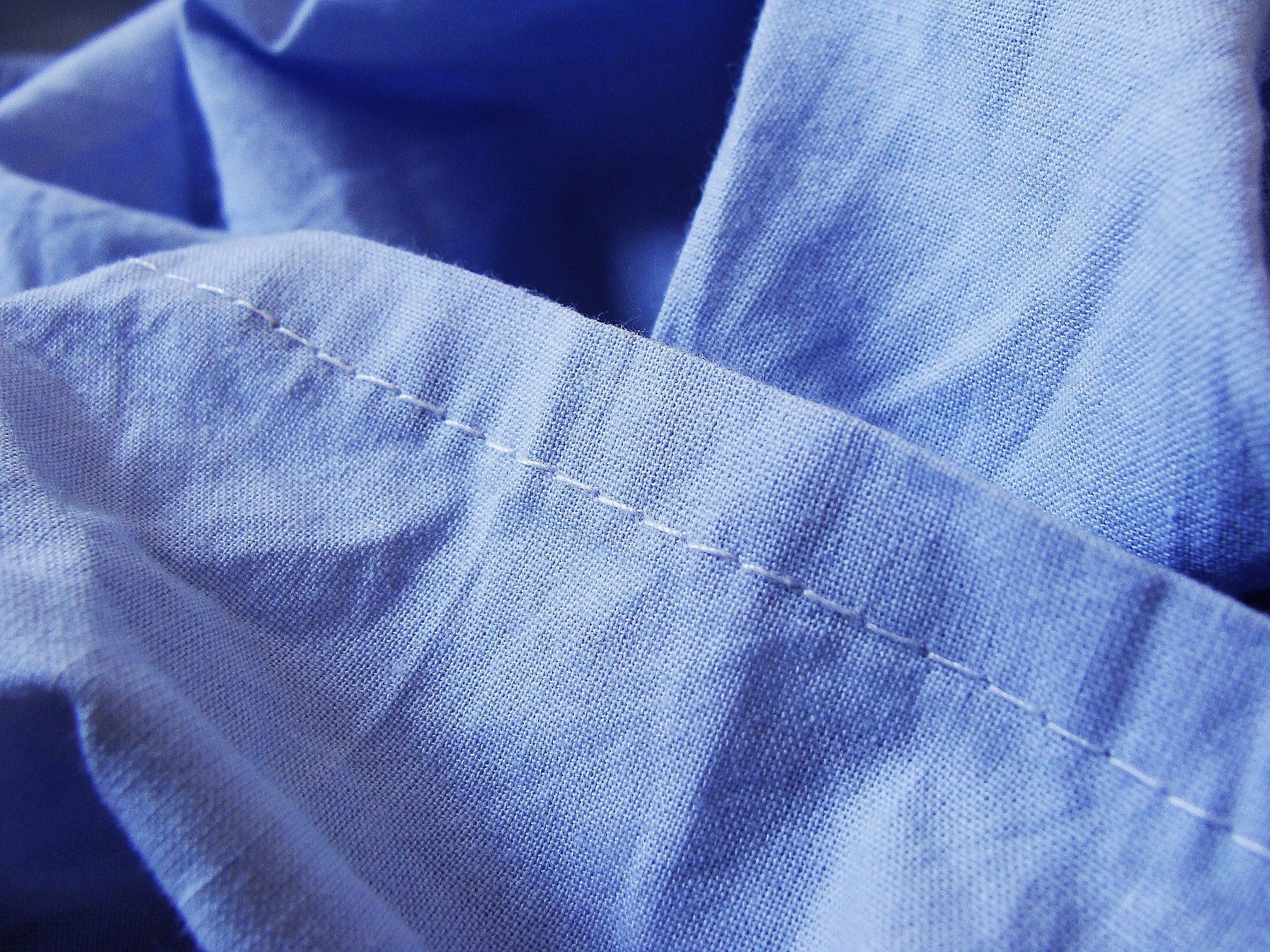
- Seam treatment. Natural fabrics turn to ash when burned, while singeing the corners of silk or synthetics will form bubbles and proper singeing will be done without problems;
- Workplace. A properly and competently organized workplace will help you to do your work effortlessly. When things are in their places, you don’t need to be distracted by searching for them and waste time.
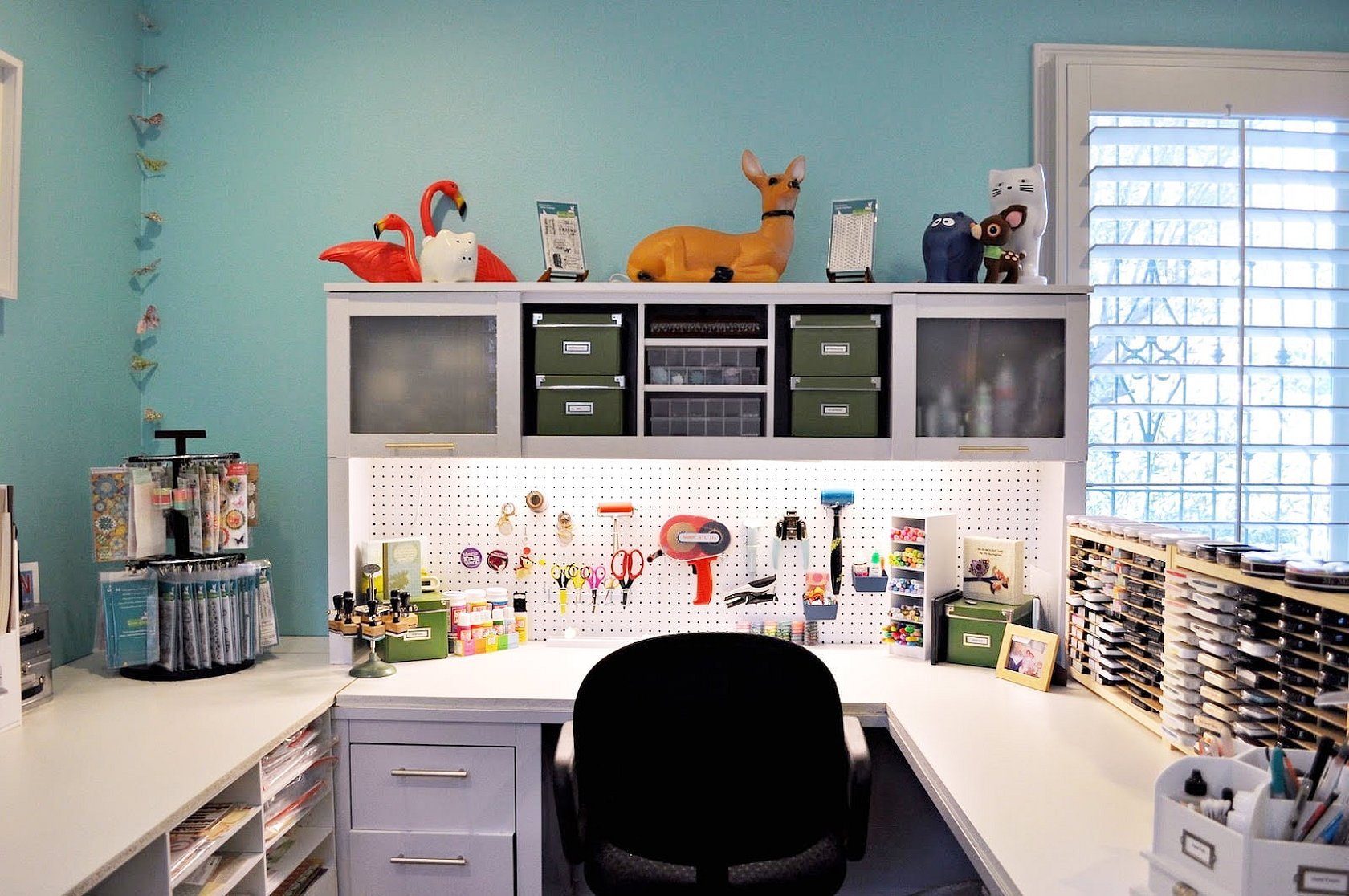
Recommendations
When working with the machine, please keep the following in mind:
- Cleaning the machine. Even the strictest rules of cleanliness cannot ensure the complete absence of dust in the device, particles of threads and fabrics that can, when accumulated, disrupt the operation of the device. Dust can be removed with wet wipes, brushes, tweezers;
- Machine adjustment. Before starting work, you always need to adjust the "machine" and check its serviceability. The process itself involves adjusting the stitch, that is, the tension of the threads;
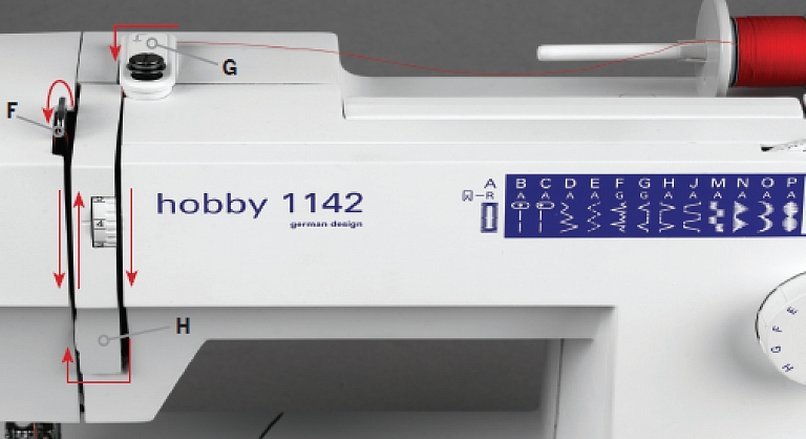
- Checking the machine lubrication. Lubrication is necessary for all mechanisms and parts to work properly, smoothly and quietly. For this, use regular machine oil or grease specified in the documentation for the equipment. You can also read in it what exactly needs to be lubricated;
- Work. If everything is done correctly, the lines will be even and straight. To do this, you need to constantly ensure that the cuts are aligned.
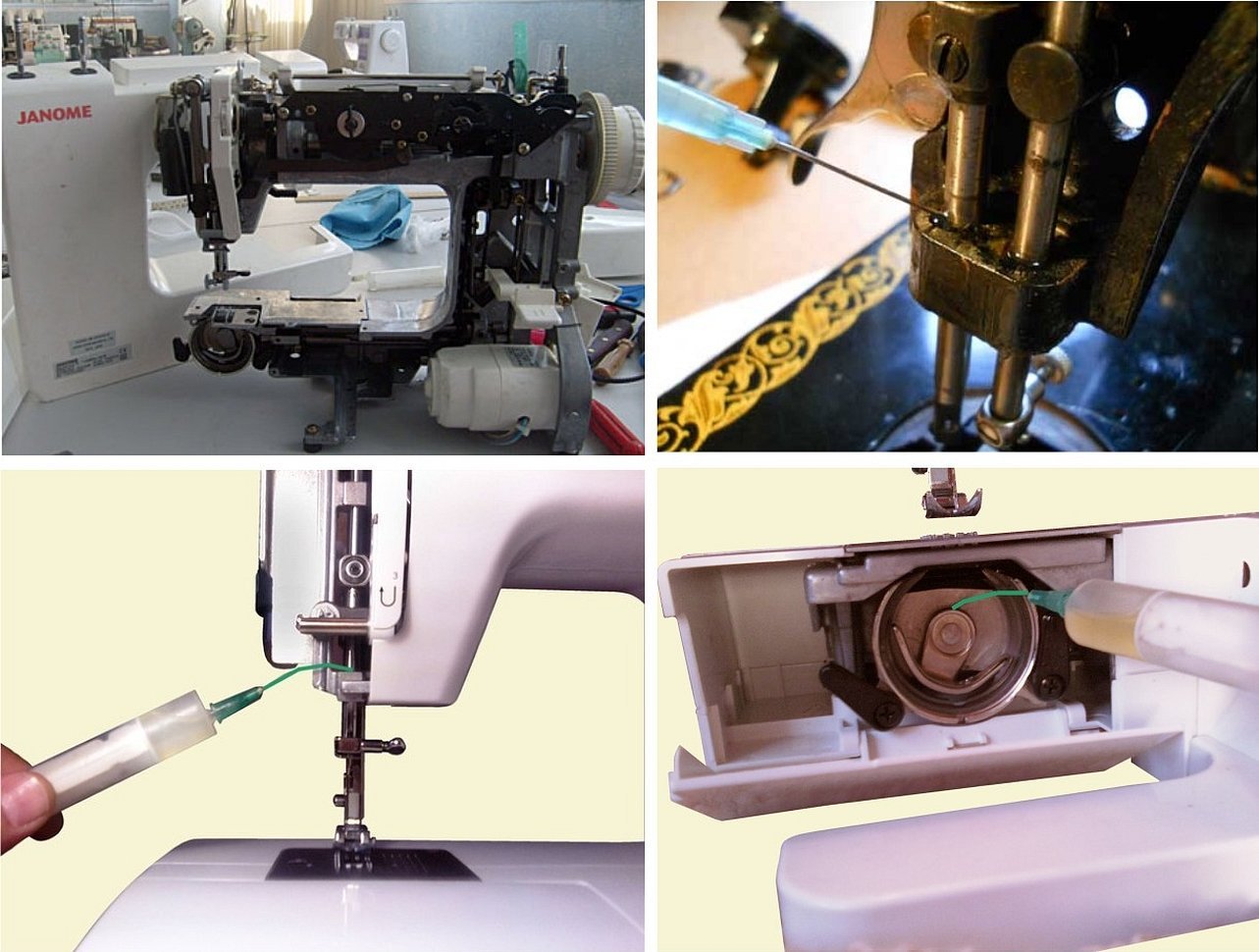
How to learn to take measurements
Taking measurements seems to be one of the simplest actions, but this is only at first glance. To avoid making beginner mistakes, you need to follow some rules:
- Put on the underwear you plan to wear under the clothes and remove a couple of centimeters, for example, for tights or trousers, and add for a bra;
- To take measurements from the waist area, you can put on or tie a thin piping. This method is very popular with all dressmakers. This will allow you to more accurately determine the type of a person's figure;
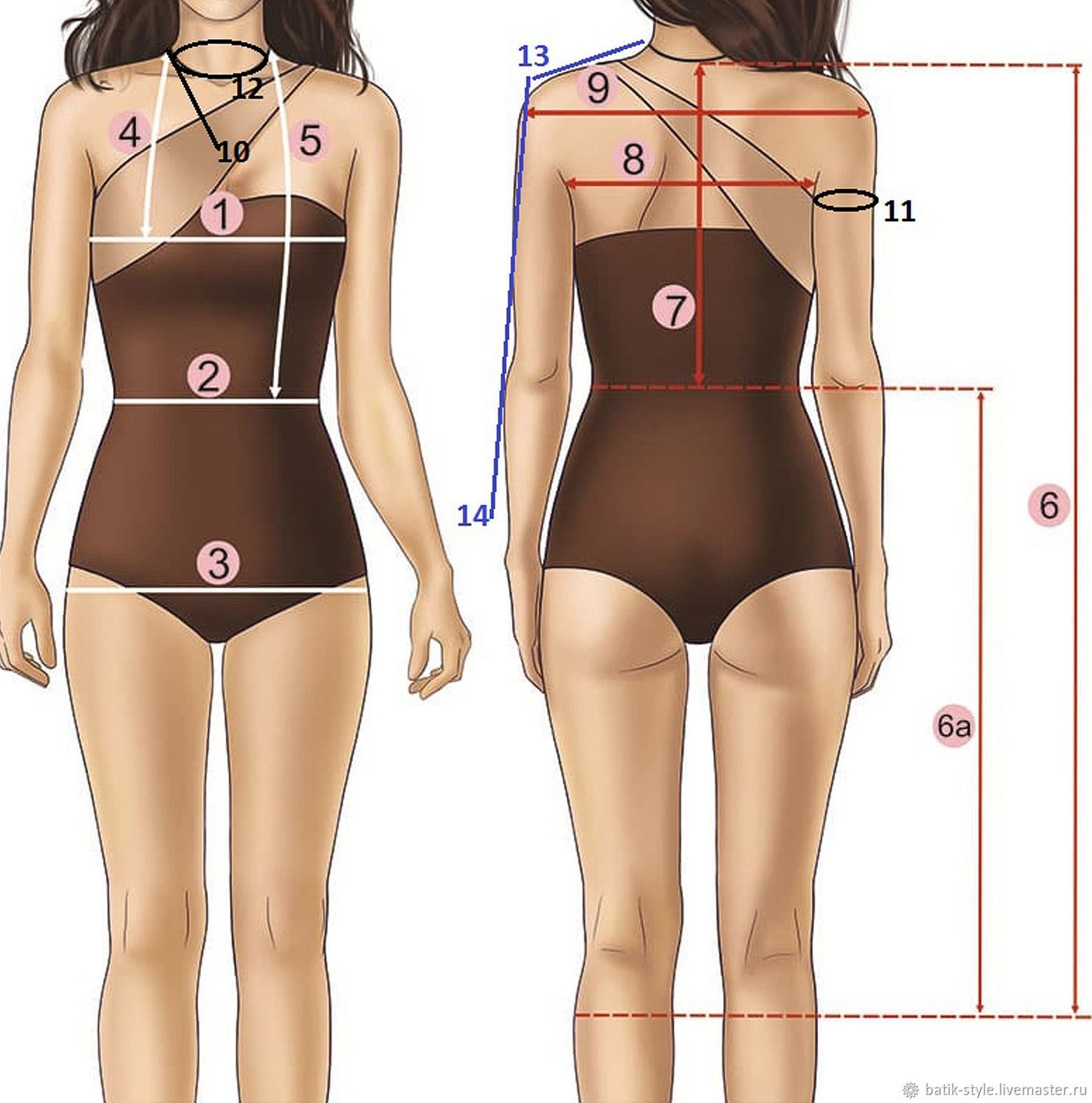
- The person whose measurements are taken should stand up straight without any tension. After taking them, you can compare them with the tables of sizes and body types;
- The main measurements are: chest, waist and hip circumference, chest height, total length of the garment, back width and height, shoulder, leg and arm lengths, neck circumference, and waist depth. Additionally, measurements of the circumference of different parts of the arms and legs are taken. The process of measuring each parameter can be found in special manuals.
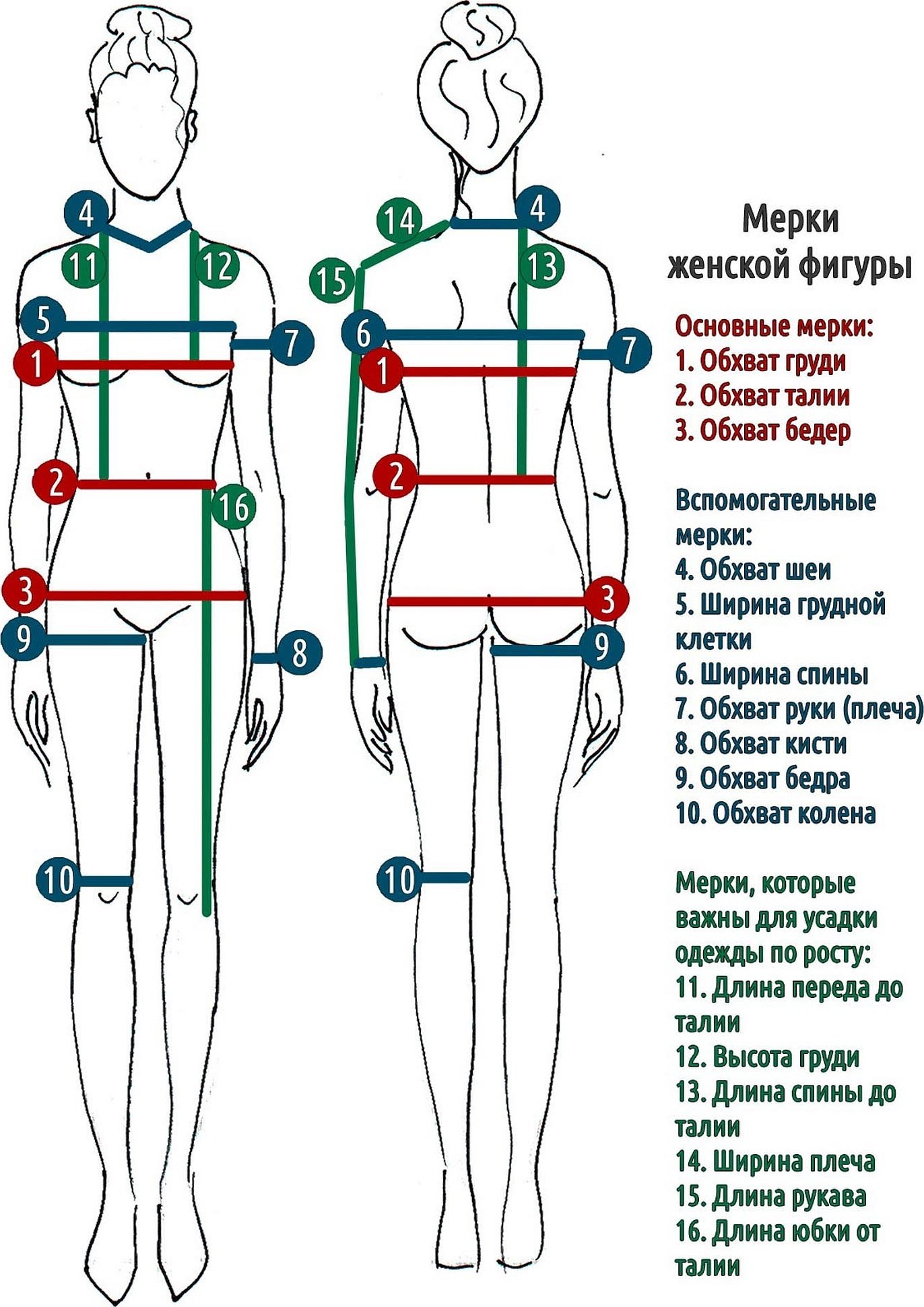
The order of execution of cutting
First of all, before the patterning process, you need to take the necessary measurements. After that, the silhouette of the product is determined: tight, loose, hanging. Based on this, allowances are made for freedom, length, width.
Important! In order to make allowances, you need to correctly measure the main indicators and body measurements and understand how to make allowances for different measurements.

Next, you need to calculate the additional values that are needed to construct the pattern. For a dress, this is, for example, the width of the back and chest, as well as the width and depth of the floodplain. Calculation forms can also be found in the public domain.
The pattern begins, which means you need a large sheet of paper, a pencil, a ruler and other supplies. To ensure that the drawing does not go beyond the paper, it is recommended to place the starting points 10-15 cm further from the edges in any direction. When the drawing is finished, you need to transfer the patterns for the back and front to tracing paper and move on to modeling.
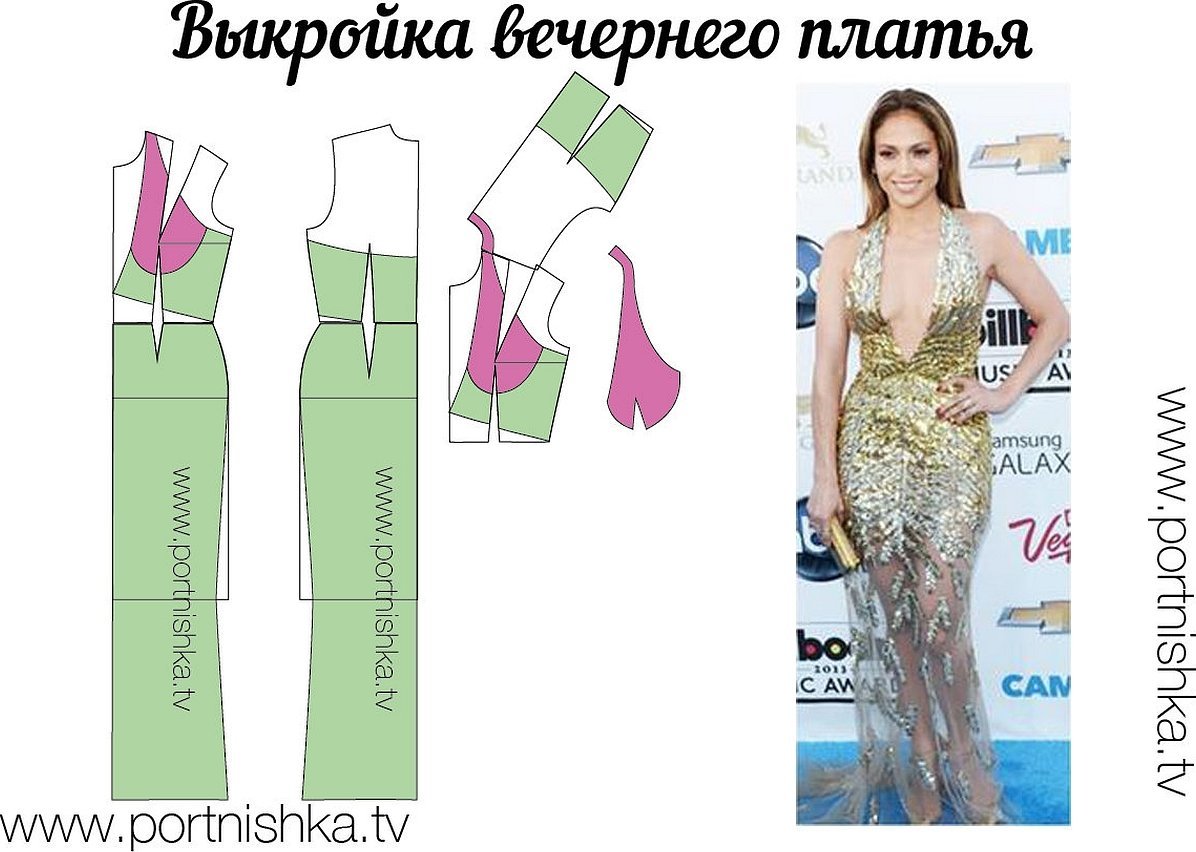
Choice of fabric
As already mentioned, cheap and natural cotton or linen fabrics with simple and smooth surfaces without lint are ideal for initial work and practice. After gaining experience, you can switch to more expensive silk or leather for bags and shoes.
A person trained in sewing will not have any questions about what fabric to choose. Everything will depend on the budget, purpose and type of the final item. A professional can choose from blended (tisi, greta, tereda, sisu) or synthetic (viscose, acrylic, spandex) fabrics.
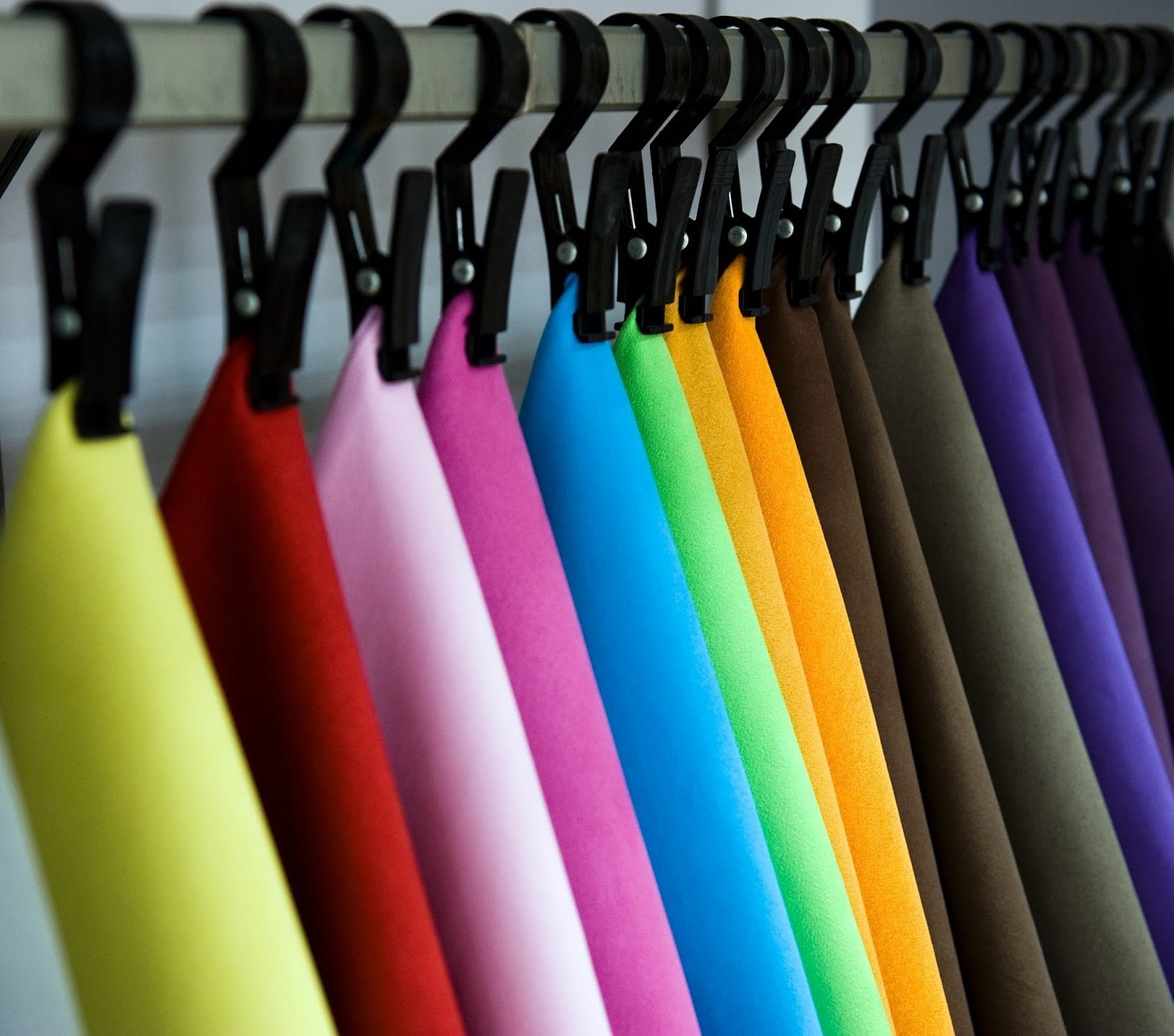
Important! As for patterned fabrics, they should not be too eye-catching or too colorful. Otherwise, the figure will seem larger than it is. Especially in problem areas.
Typical mistakes
New craftswomen, overestimating their strengths, start working with ignorance and great enthusiasm and encounter mistakes that can discourage the desire to engage in such an exciting business. Among the main mistakes:
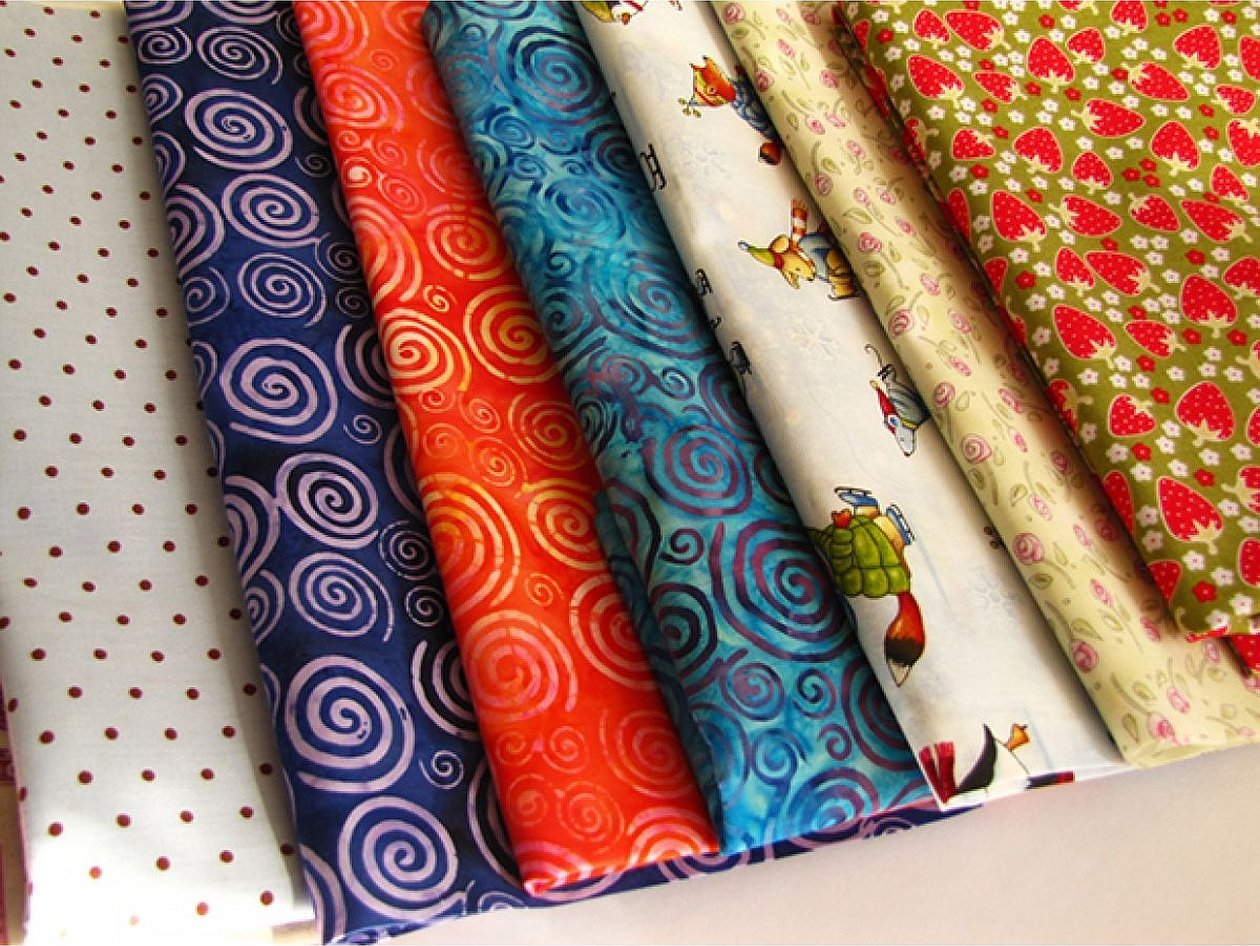
- Choosing a large job. You can't start sewing a heavy dress model right away. Nothing will work out, and this can permanently discourage you from sewing and embroidering. It is necessary to improve your abilities step by step to move on to more complex products;
- Haste makes waste. There is a proverb that says, "Haste makes waste." Haste is the main "sin" of beginners, as they try to do everything faster and get a good result. Ignoring the instructions and not following them can ruin all the work;
- Ignoring the fitting. If you do not try on the item during the basting process and immediately start sewing, it may happen that the item will be too big or too narrow. You can skip the fitting only when a person is making an item not for the first time;
- Decating of fabric. This occurs most often due to simple ignorance. If you do not decatize the fabric, then after the first wash it will shrink a lot, and this is an irreversible process;

- Carelessness. If you constantly leave threads or seams untreated, it will become a habit. You should always treat fabrics and seams after finishing sewing. If you do not have an overlock machine, you can use a zigzag stitch;
- Ignoring ironing. Treating the product with water and steam is an integral part of the entire process. Many seamstresses iron only finished products, forgetting that they almost always need to iron the seams, collar, etc.
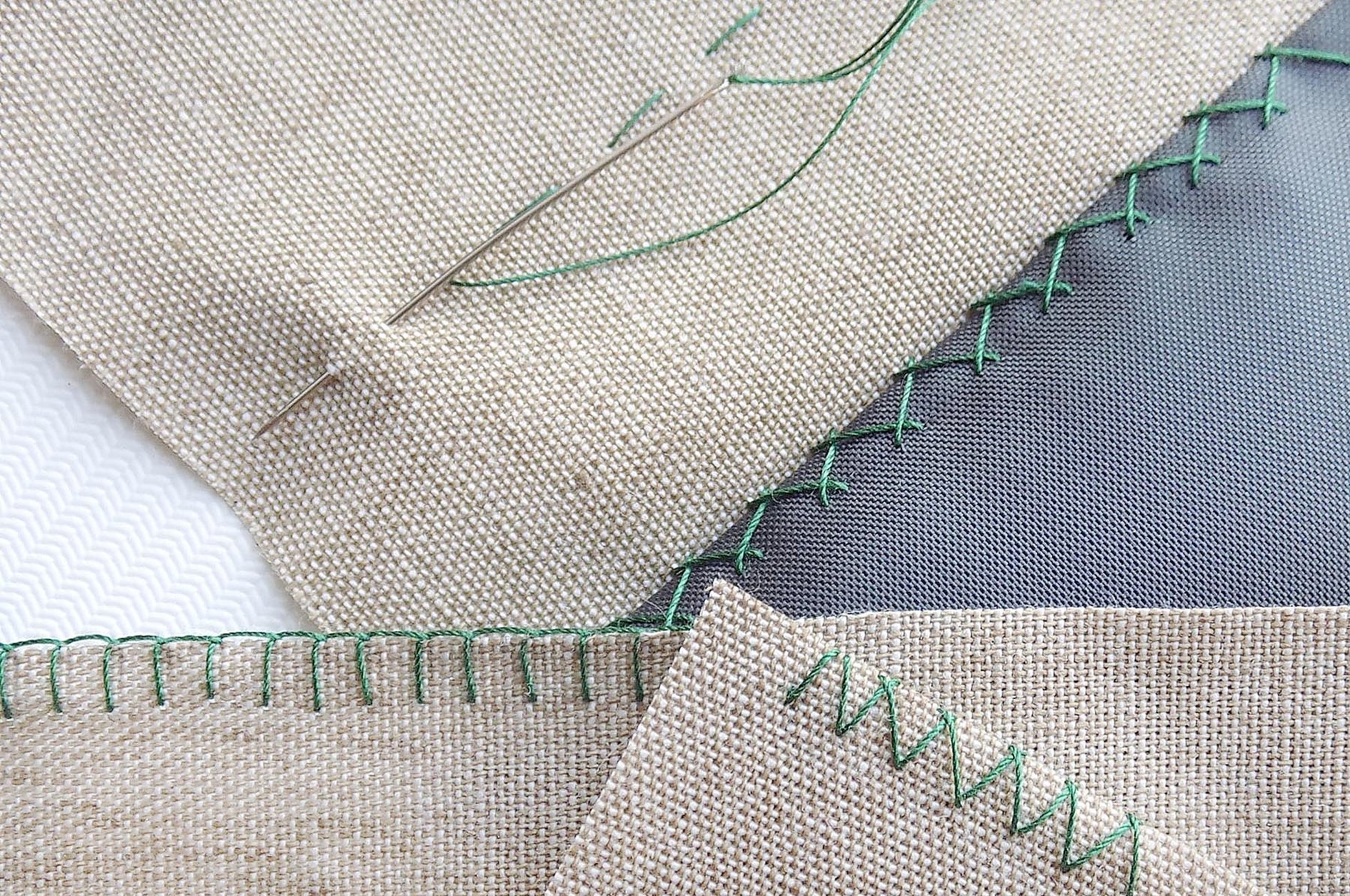
Thus, sewing from scratch on your own is not difficult and exciting. To learn this, you do not need to take expensive courses, as there are a lot of educational materials such as articles, books, instructions and videos in the public domain.




